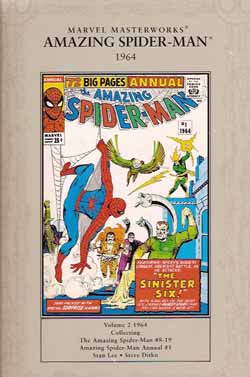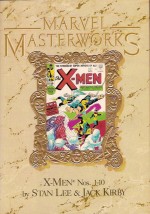
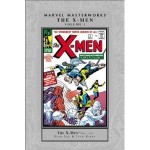
By Stan Lee, Jack Kirby & various (Marvel)
ISBN: 0-87135-308-3, second edition 978-0-7851-0845-0 (2002)
In 1963 things really took off for the budding Marvel Comics as Stan Lee & Jack Kirby expanded their diminutive line of action titles, putting a bunch of relatively new super-heroes (including hot off the presses Iron Man) together as the Avengers, launching a decidedly different war comic in Sgt Fury and his Howling Commandos and creating a group of alienated heroic teenagers who gathered together to fight a rather specific, previously unperceived threat to humanity.
The X-Men #1 (September 1963) introduced Cyclops, Iceman, Angel and the Beast: very special students of Professor Charles Xavier, a wheelchair-bound telepath dedicated to brokering peace and integration between the masses of humanity and the emergent off-shoot race of mutants dubbed Homo Superior. The story opens as the students welcome their newest classmate, Jean Grey, aka Marvel Girl, a beautiful young woman with the ability to move objects with her mind.
No sooner has the Professor explained their mission than an actual Evil Mutant, Magneto, single-handedly takes over American missile-base Cape Citadel. A seemingly unbeatable threat, the master of magnetism was nonetheless driven off by the young heroes on their first mission in under 15 minutes…
It doesn’t sound like much, but the gritty dynamic power of Kirby’s art, solidly inked by veteran Paul Reinman, imparted a raw energy to the tale which carried the bi-monthly book irresistibly forward. With issue #2 ‘No One Can Stop the Vanisher!’ a Federal connection was established in the form of FBI Special Agent Fred Duncan, who requested the teen team’s assistance in capturing a teleporting mutant who threatened to steal US military secrets.
These days, young heroes are ten-a-penny, but it should be noted that these kids were the first juvenile super-doers in comics since the end of the Golden Age, so it’s perhaps unsurprising that in this tale of a terrifying teleporter the outmatched youngsters needed a little adult supervision…
Issue #3′s ‘Beware of the Blob!’ displayed a rare lapse of judgement as proselytising Professor X invited a sideshow freak into the team only to be rebuffed by the felonious mutant. Impervious to mortal harm the Blob used his carnival cronies to attack the hidden heroes before they could come after him and once again it was up to teacher to save the day…
With X-Men #4 (March 1964) a thematic sea-change occurred as Magneto returned with ‘The Brotherhood of Evil Mutants!’ intent on conquering a South American country and establishing a political powerbase. Mastermind, Toad, Quicksilver and the Scarlet Witch were very much his unwilling thralls in the bombastic struggle that followed, but from then on the callow champions-in-training were the hunted prey of malevolent mutants. ‘Trapped: One X-Man!’ in issue #5 saw early results in that secret war as the Angel was abducted to Magneto’s orbiting satellite base Asteroid M, and only a desperate battle at the edge of space eventually saved him…
‘Sub-Mariner Joins the Evil Mutants!’ is a self-explanatory tale of gripping intensity elevated to magical levels of artistic quality as the superb Chic Stone replaced Reinman as inker for the rest of Kirby’s tenure and genuine narrative progress was made in ‘The Return of the Blob!’ as their mentor left on a secret mission, but not before appointing Cyclops acting team leader.
Comedy relief was provided as Lee & Kirby introduced Beast and Iceman to the Beatnik inspired “youth scene†but the high action quotient came courtesy of the troubled teaming of the Blob and Magneto’s malign brood.
Another invulnerable mutant debuted in ‘Unus the Untouchable!’ a wrestler with an invisible force field who tried to join the Brotherhood by offering to bring them an X-Man. Also notable is the first real incident of “anti-mutant hysteria†when a mob attacked the Beast, a theme that would become the cornerstone of the X-Men mythos.
X-Men #9 (January 1965) is the first true masterpiece of this celebrated title. ‘Enter, the Avengers!’ reunited the mutants with Professor X in the wilds of Balkan Europe, as the deadly Lucifer attempted to destroy the world with a super-bomb, subsequently manipulating the teens into an all-out battle with the awesome Avengers.
This is still a perfect Marvel comic story today, as is its follow-up ‘The Coming of Ka-Zar!’ a wild excursion to Antarctica, featuring the discovery of the Antediluvian Savage Land and the modern incarnation of one of Marvel/Timely’s oldest heroes (Kazar the Great originated in Marvel Comics #1, November 1939). Dinosaurs, lost cities, spectacular locations, mystery and all-out action: it doesn’t get better than this…
These quirky tales are a million miles removed from the angst-ridden, breast-beating, cripplingly convoluted X-brand of today’s Marvel and many would argue are all the better for it. Well drawn, highly readable stories are never unwelcome or out of favour though, and it should be remembered that everything here informs so very much of the mutant monolith. These are stories for the dedicated fan and newest convert, and never better packaged than in this glorious and lavish hardback edition.
These immortal epics are available in numerous formats (including softcover editions of the luxurious and enticing hardback under review here), but for a selection that will survive the continual re-readings of the serious, incurable fan there’s nothing to beat the substantial full-colour feel of these Marvellous Masterwork editions.
© 1963, 1964, 1965, 1987, 2002 Marvel Entertainment Group, Inc. All Rights Reserved.

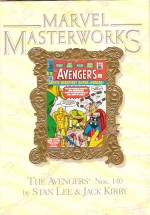
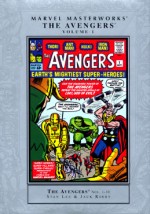
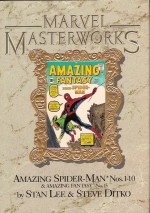
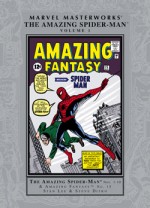
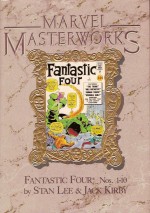
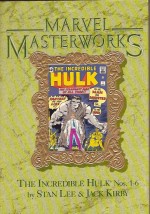
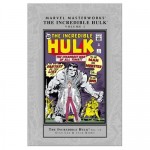
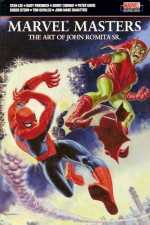
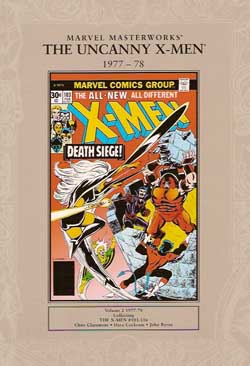 Â
 